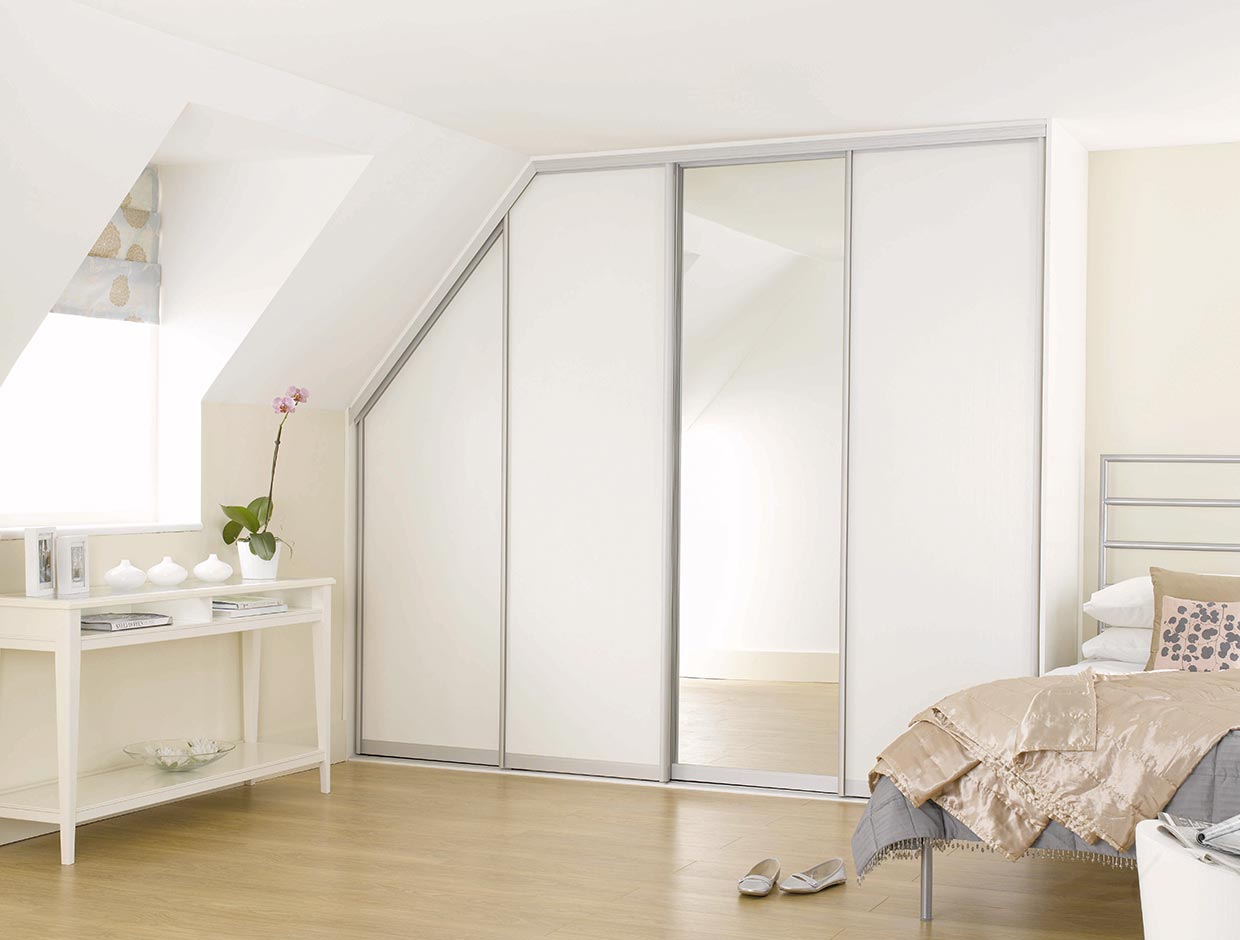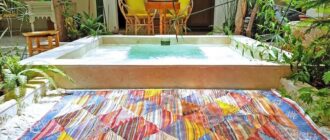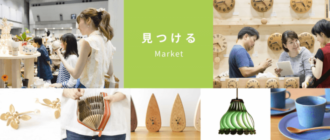An attic is a floor under the roof of a private home, inside which the ceiling repeats the bevel of the roof. In each case, the geometry of the attic room is unique. It depends on the angle of slope of the roof, which varies from 15 to 80 degrees. Attic room is used as a study, living room, children’s room for boys and girls, but more often there is a bedroom.
As a rule, the furnishing of the attic presents some difficulty. If the beds and chests of drawers is more or less understandable, then the standard closet is not suitable for placement under a pitched roof. Of course, it can be put, but after installing will always be unused areas. And no one will refuse the extra square meters.
The direct way to get the right space – built-in cabinets that fit into all corners of the attic and use for the cause of every inch.
Modifications
A piece of furniture such as a closet is essential in any destination room. Both a huge loft or a small nook with a beveled ceiling and walls can be used to accommodate it within the attic. Cabinets fit into a variety of non-standard areas (beveled, rounded, angled, in a niche). At the same time they do not lose their practicality and functionality.
According to the type of door mansard cabinets are hinged and sliding.
Swinging models are built into different corners of the complex space with bevels, preserving the advantages of this type of door. Each particular attic has its own characteristics, which are taken into account during installation, after which the cabinets are deprived of uncomfortable or unused centimeters. This version of the doors is suitable for a spacious attic, decorated in the styles of “loft”, “country” or classical.
The most functional are built-in closets, they are more compact, and their use saves a lot of useful space. Versatile design allows the use of even unsuitable for conventional furniture corners. The attic with small dimensions is often decorated in a modern style, such as minimalism. In these styles are appropriate cabinets with sliding doors.
Sometimes it is not structurally possible to use a sliding door because of the bevel of the roof. Therefore, in the models of larger cabinets combine different door options: use sections with hinged and sliding doors, as well as straight and beveled door models that repeat the geometry with a broken configuration of the ceiling line.
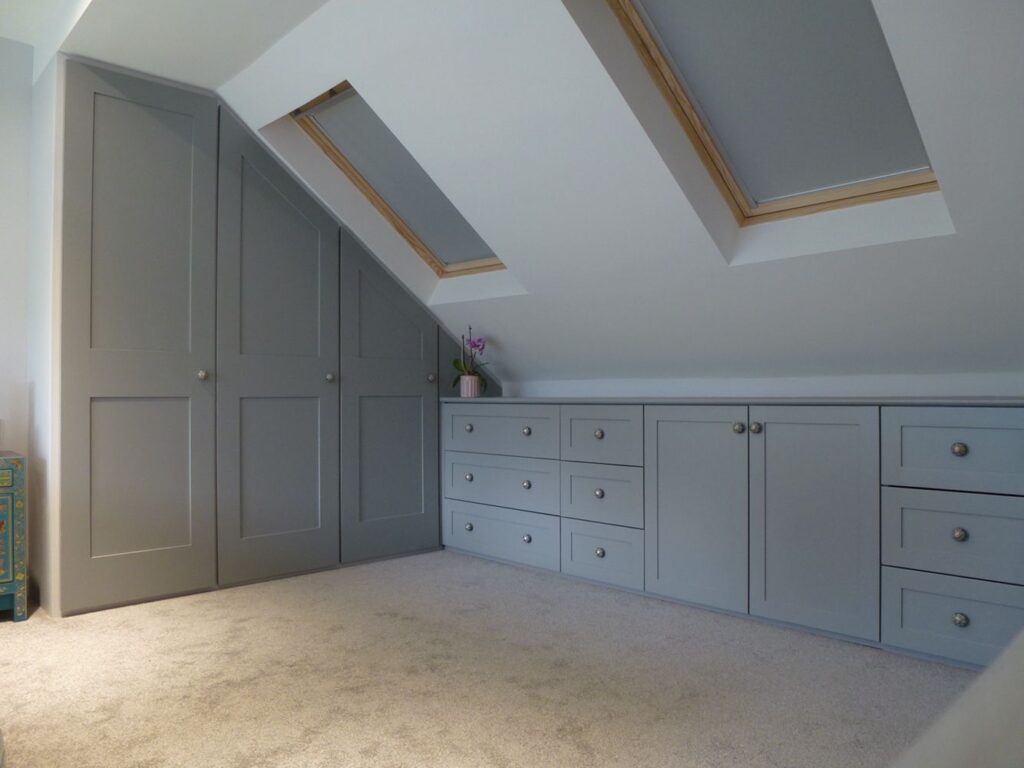
Layout variations
Conventionally, there are three basic variations of attic cabinets:
- Under the roof slope. Placement under the slope of the roof is the easiest way to install a cabinet in the attic. No special beveled doors or special fittings are required here. Rectangular doors and rails used in conventional closets are used. But the free space in an angle inside the cabinet is used, which would not be used when installing a regular cabinet. An interesting solution: a low cabinet with a flat lid to make space for small items.
- With one chambered side. The cabinet is placed under the roof, it rests on the slope and has one beveled side.
- At the gable wall. Mansard cabinets are very convenient to arrange under the gable for more rational use of attic space, and other furniture – bed, and chest of drawers – on sloping walls.
Features
Loft cabinets are unique and offer a number of advantages:
- Space Savings. Every inch down to the ceiling is utilized for the most efficient use of space. The closet is built into almost any shape that is under the roof. The contours of the walls and beveled ceiling are repeated, so “dead” zones and inaccessible places completely disappear.
- Hiding interior flaws. A closet in the attic is not only convenient and practical, but it can also hide all the irregularities that appear in the non-standard geometry of the room. The sloping ceiling fitted wardrobe is a very practical solution. It will help you optimize your space to the max.
- Versatility. Storage furniture in the attic space has a stuffing that allows you to use it to store a variety of items.
The disadvantage can be considered the impossibility of transferring such furniture to another place.
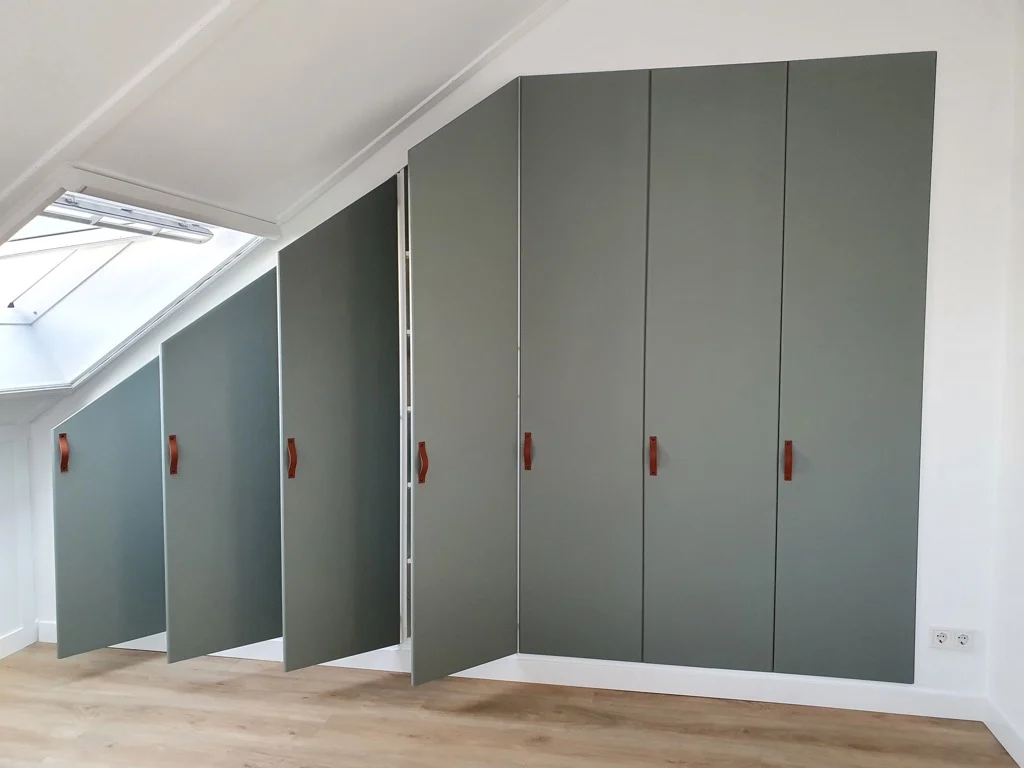
Filling
The content of cabinets under the roof is in no way inferior to the filling of standard furniture: shelves and hangers are used, which in this case can be pull-out. Fittings for these products have a wide variety of elements: shelves, drawers, pantograph, baskets, holders and other fasteners. Drawers of any sliding system are used in low cabinets, located in the lower part of the beveled wall.
Budget options.
You can save money by using a standard cabinet, and make the beveled corner a niche and use it to store things of different sizes. The corner niche can be closed with a door, made with your own hands, or leave it open.
Another option – a complete rejection of the doors and the back surface. It is enough to mount a frame, beautifully mount bars, shelves and other storage fittings on it – you will get a dressing room of the open type.
Selecting a loft closet is complicated by the presence of walls with different heights and their slope. This does not allow you to put a cabinet of the required size against the wall. Not always possible to order a built-in cabinet. You can do as follows: buy ready-made low-rise product with a height of 90 to 120 cm, and the upper part to complete themselves. This will cost much less and you will be able to use the entire wall area.
Under slopes.
Even the lowest and dead zones (height from 60 cm) should not be left idle, losing such necessary space. It can become a convenient and almost invisible way to store. The low built-in dressers as well as the long shelving units at the bottom of the sloping wall can be used to store a variety of household items.
Under the slopes of the roof, occupied by windows, the dressers occupy a traditional place. The height of the items is up to the window sill. Options for using the space at the bottom of the sloping roof can be a dressing table or computer desk.
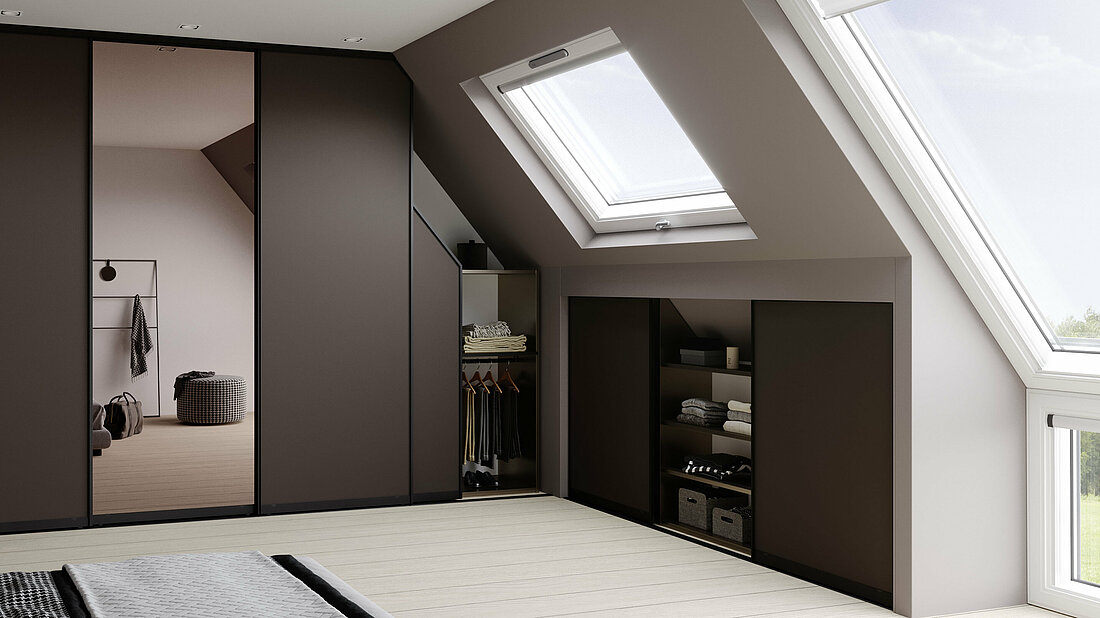
Features and purpose
Currently, built-in cabinets, mounted under the stairwell in a two-story cottage, multi-level room, the architecture of the country house are no longer considered an exotic design option and belong to the items of common furniture. Built-in structures organically complement the interior, effectively combined with the staircase and the furnishings of the room. The purpose of the furniture – the competent use of free space under the stairs. In this case the cabinet, located under the stairs, is a functional design for ergonomic use of furniture in everyday life. Built-in bedrooms – custom closets, custom built-in closets – https://urbanwardrobes.co.uk/services/fitted-bedrooms Features and advantages of the original furniture:
- rational use of free space for compact installation of furniture for various purposes – library, mini dressing room, storage module, hallway, workplace;
- absence of unused and inconvenient zones – a cabinet made strictly according to the size of the space under the stairs, characterized by its ergonomics and functionality;
- built-in type installation – it is not rational to install a stationary model under the stairs, as the walls, roof and floor will take away useful centimeters of space;
- Implementation of non-standard design solutions, the ability to mount in the empty area under the stairs of any cabinet design – sliding compartment, hinged, cabinet drawer, rack;
- aesthetically attractive addition to the interior of the room, the visual effect of an integral tandem closet and staircase (with march, spiral, on bolts or struts);
- The versatility of products in the living space – cabinets under the stairs is relevant to install in a private home, cottage, townhouse, cottage.
Furniture companies are engaged in manufacturing cabinets for individual projects of customers after measuring the free space for mounting the product. As an option, a simple cabinet in the understairs area can be made on their own – with their own hands is easy to equip a shelving unit with open shelves. In built-in models, the supporting elements are the walls of the room, the roof – the staircase steps, the bottom of the cabinet is the floor in the room, but you can install a separate board of modern chipboard materials.

